Gradient Boosting for Regression
Now, let's use Gradient Boosting for regression on the California Housing dataset.
Step 1: Import Required Libraries
First, we need to import essential Python libraries.
import numpy as np
import pandas as pd
import matplotlib.pyplot as plt
import seaborn as sns
from sklearn.model_selection import train_test_split
from sklearn.ensemble import GradientBoostingClassifier, GradientBoostingRegressor
from sklearn.metrics import accuracy_score, confusion_matrix, classification_report, mean_squared_error
from sklearn.datasets import fetch_california_housingStep 2: Load and Explore the Dataset
housing = fetch_california_housing()
df_housing = pd.DataFrame(housing.data, columns=housing.feature_names)
df_housing['target'] = housing.targetStep 3: Split dataset
X_train, X_test, y_train, y_test = train_test_split(df_housing.drop(columns=['target']), df_housing['target'], test_size=0.2, random_state=42)Step 4: Initialize Gradient Boosting Regressor
gb_regressor = GradientBoostingRegressor(n_estimators=100, learning_rate=0.1, random_state=42)Step 5:Train the model
gb_regressor.fit(X_train, y_train)Step 6: Predict on test data
y_pred_reg = gb_regressor.predict(X_test)Step 7: Evaluate performance
mse = mean_squared_error(y_test, y_pred_reg)
print(f'Mean Squared Error: {mse:.2f}')
Mean Squared Error: 0.29Key Takeaways
- Gradient Boosting Regressor is a powerful technique for regression tasks.
- Used California Housing dataset to predict house prices.
- Model learns sequentially, improving performance over iterations.
- Achieved a Mean Squared Error (MSE) of 0.29, indicating good accuracy.
Hyperparameter tuning can further improve performance.
.png)
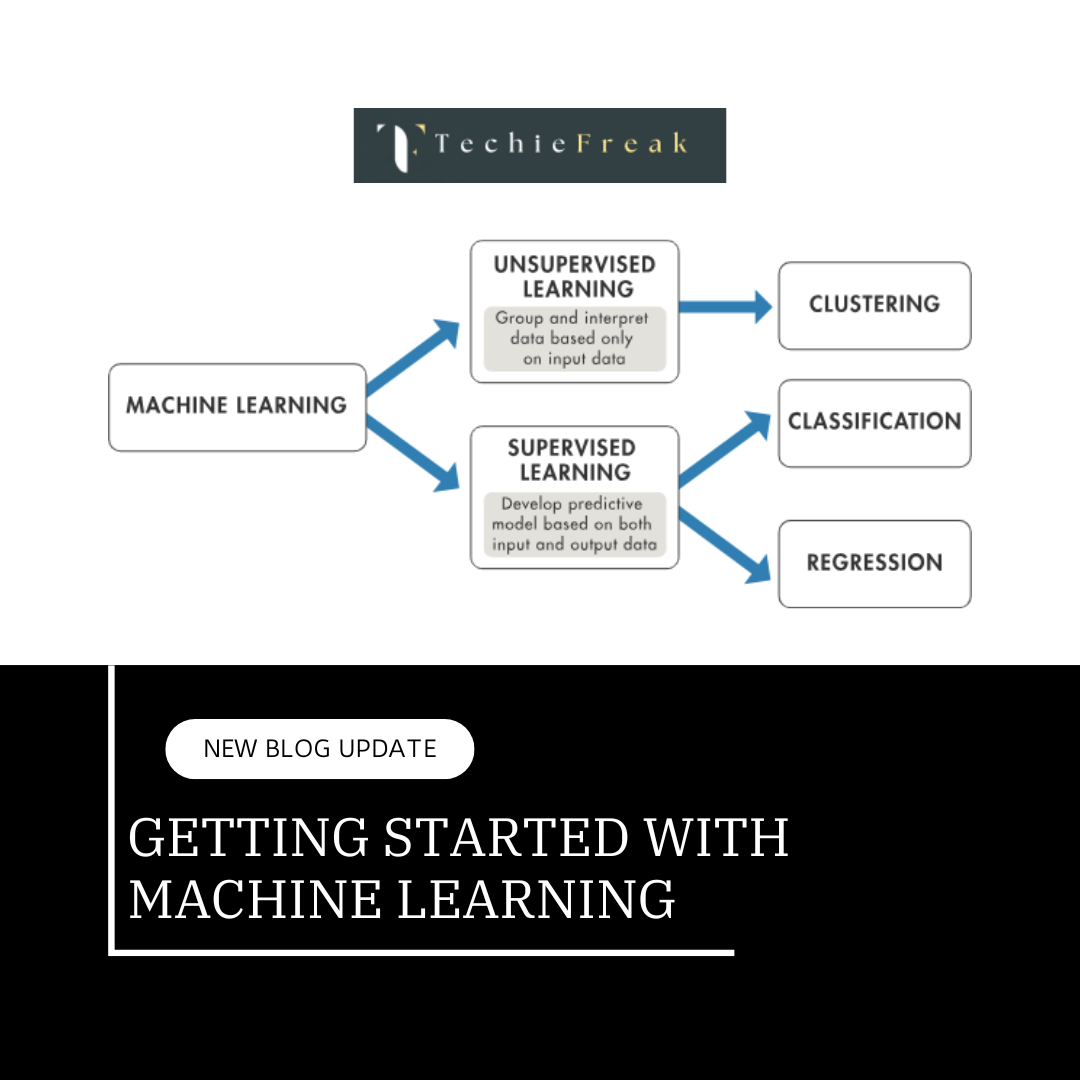
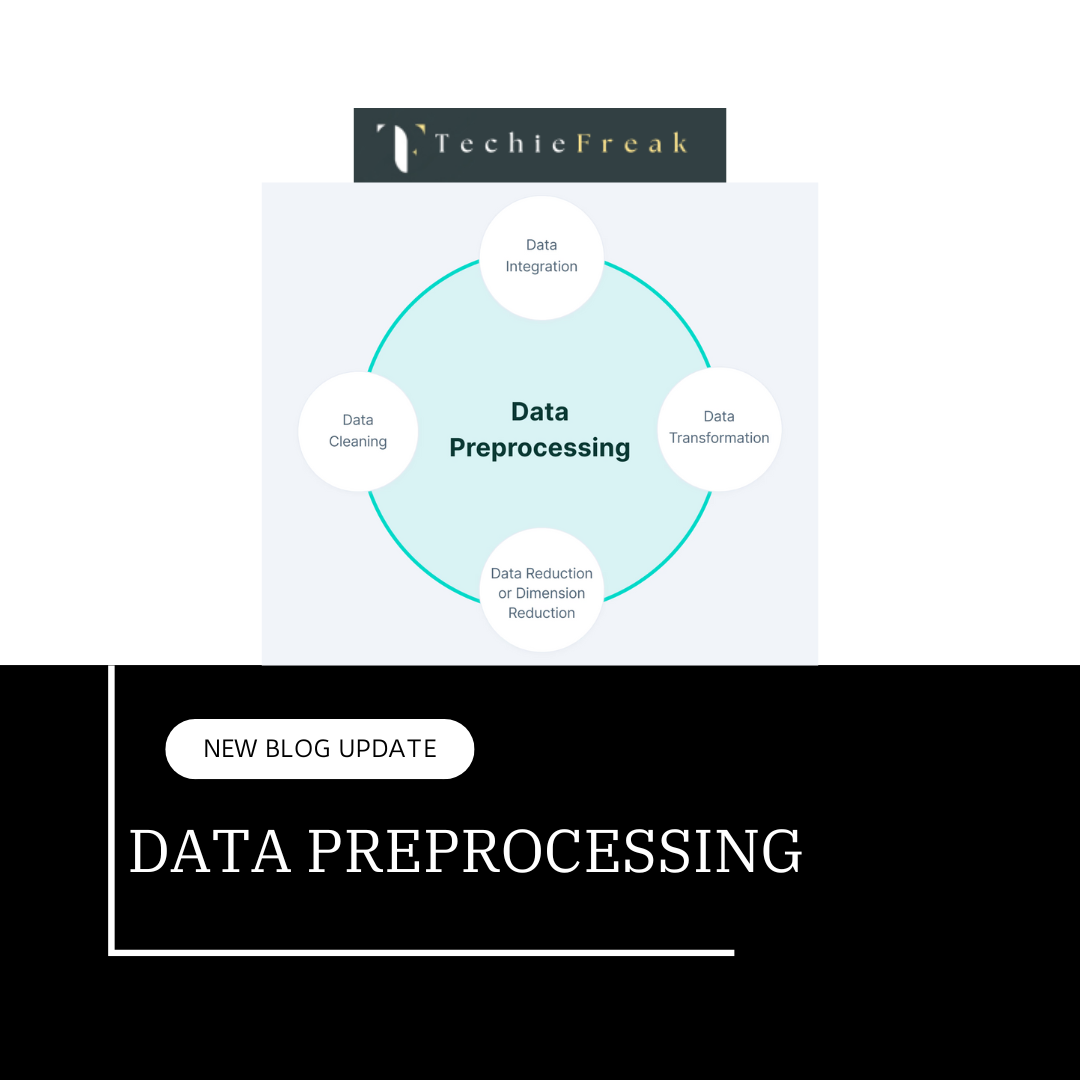
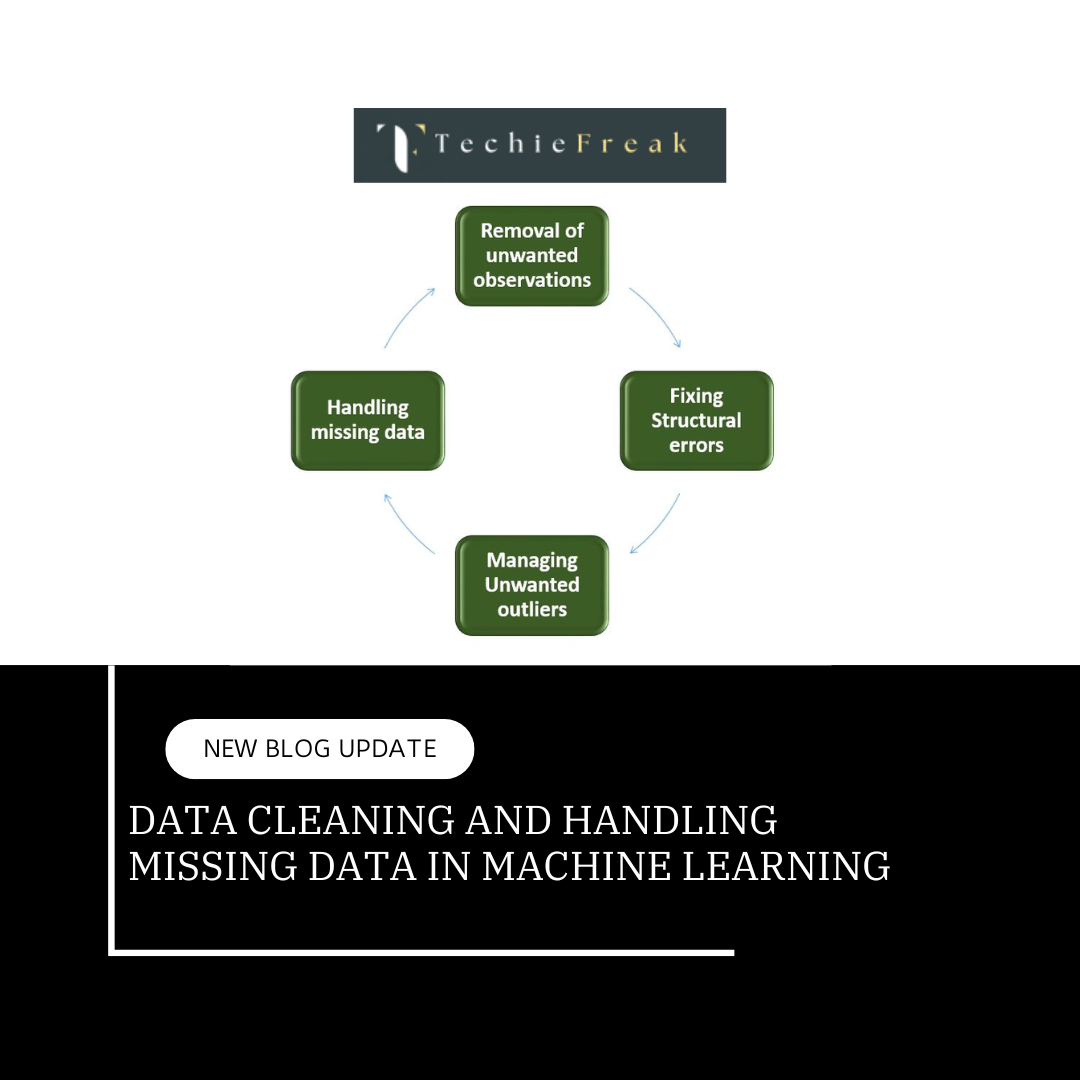
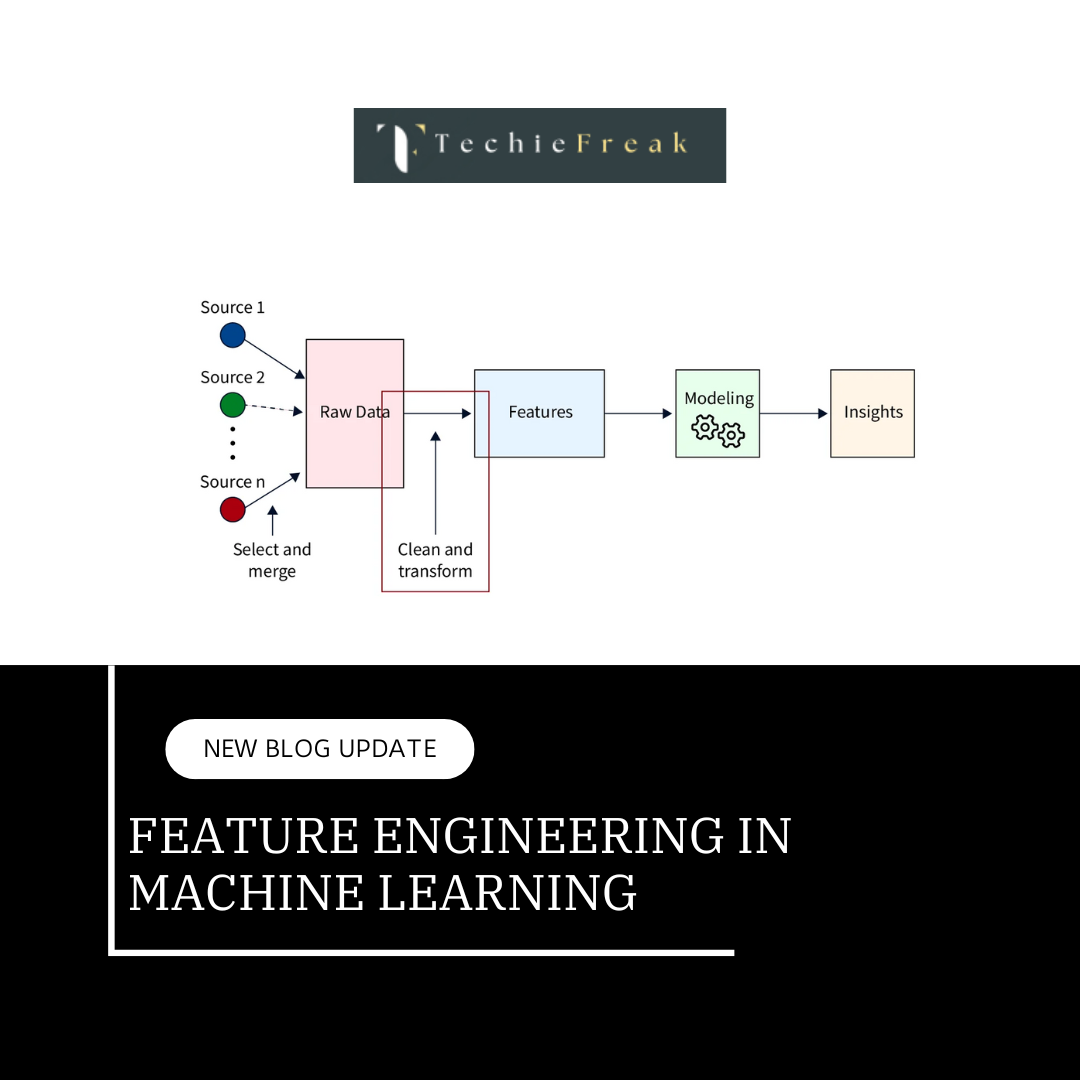
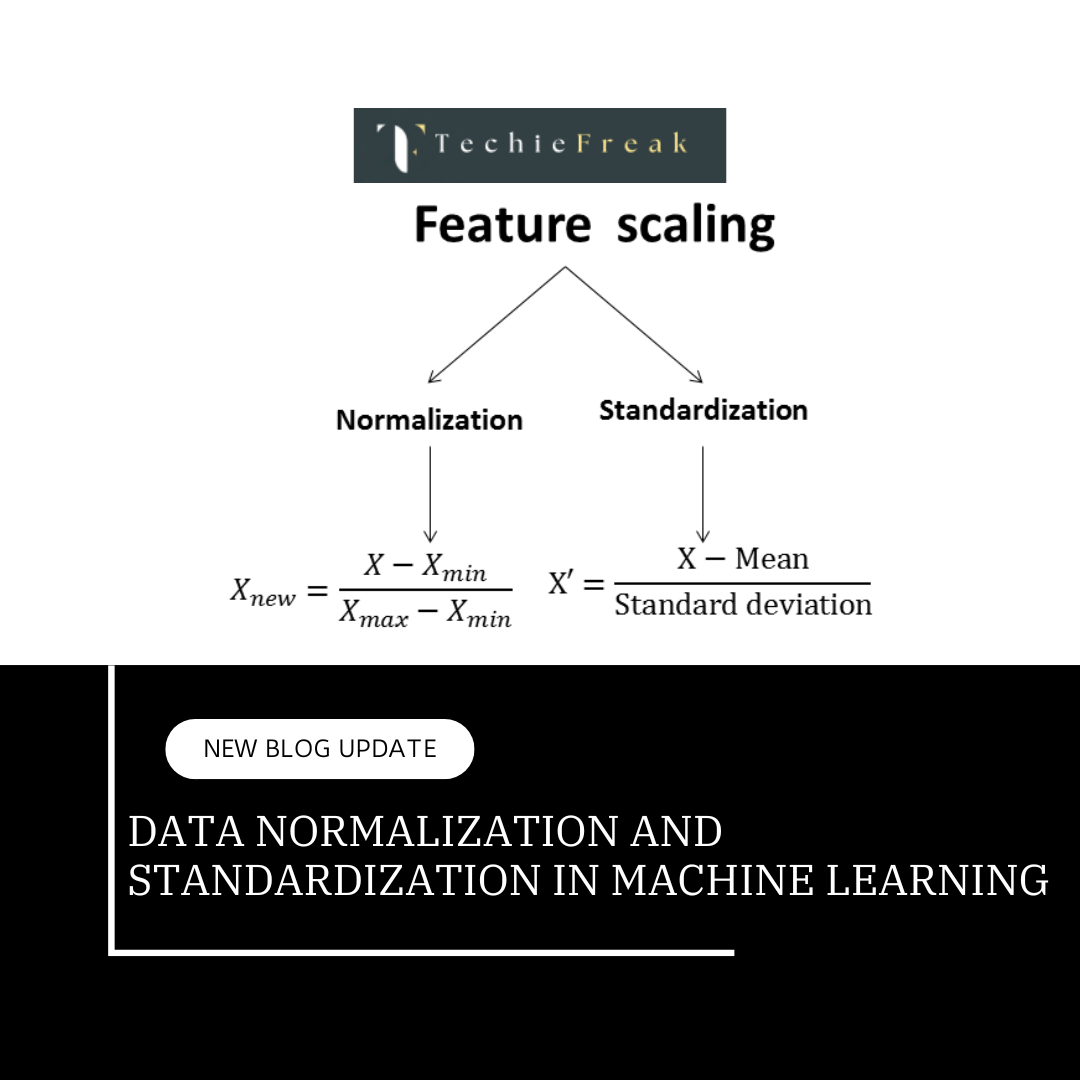
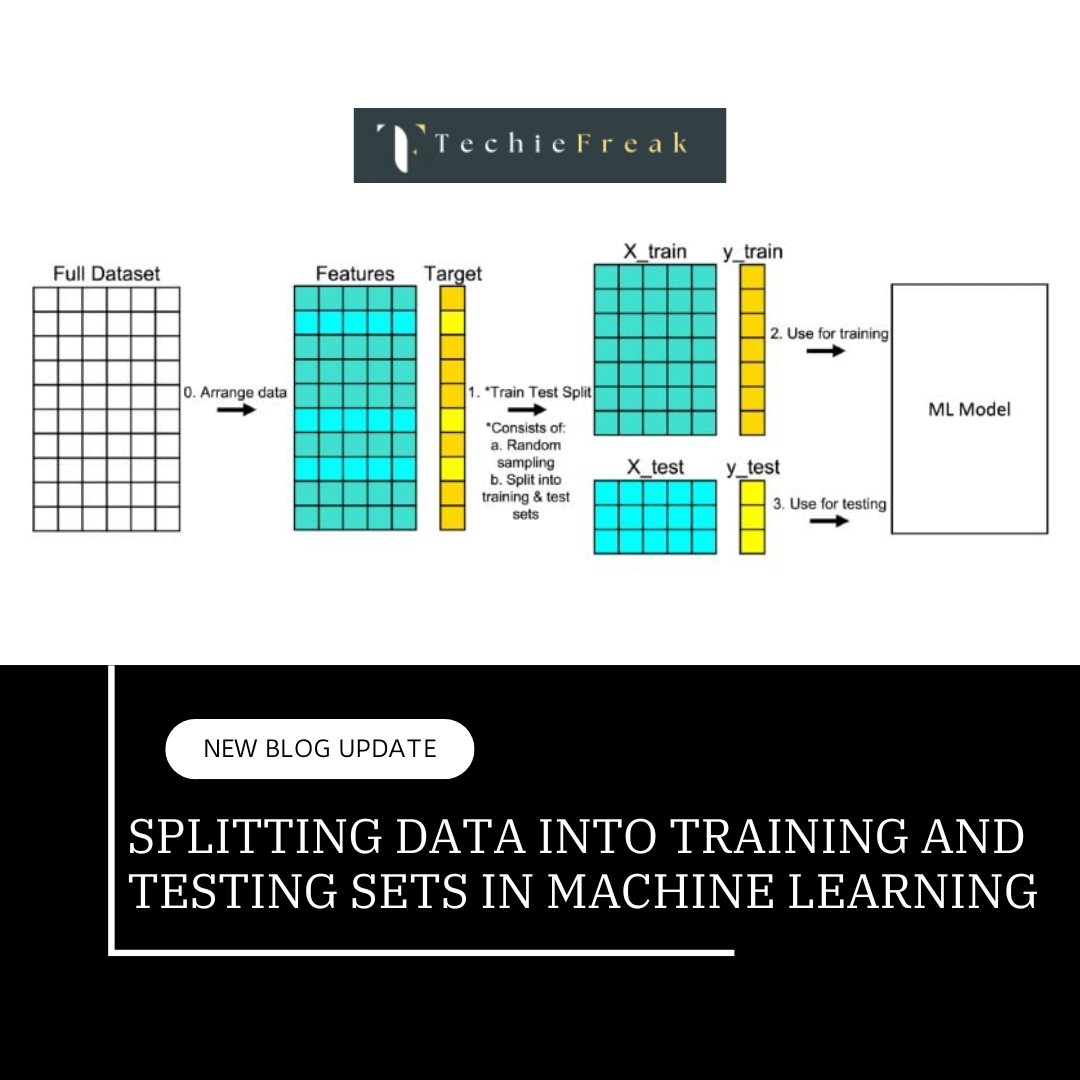
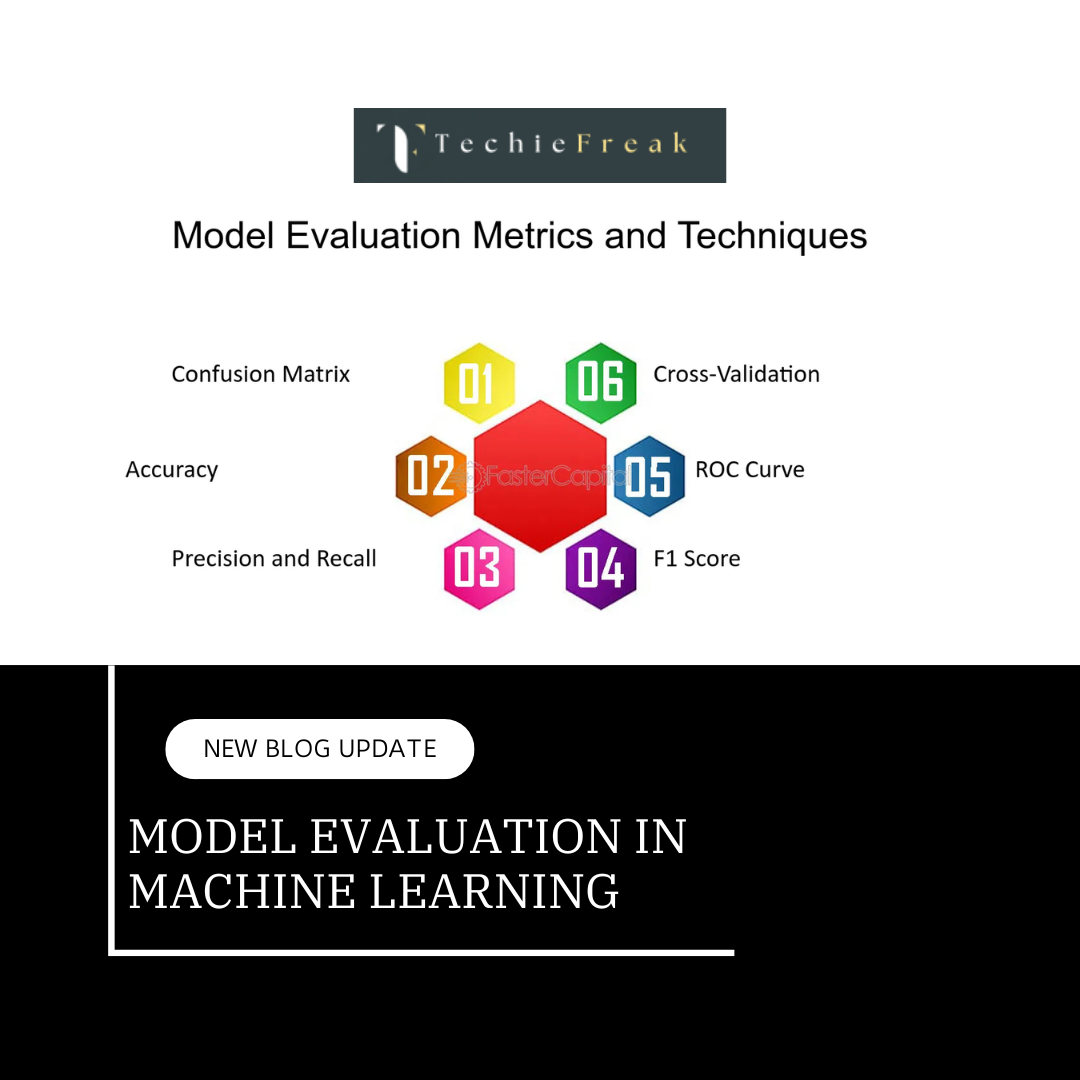
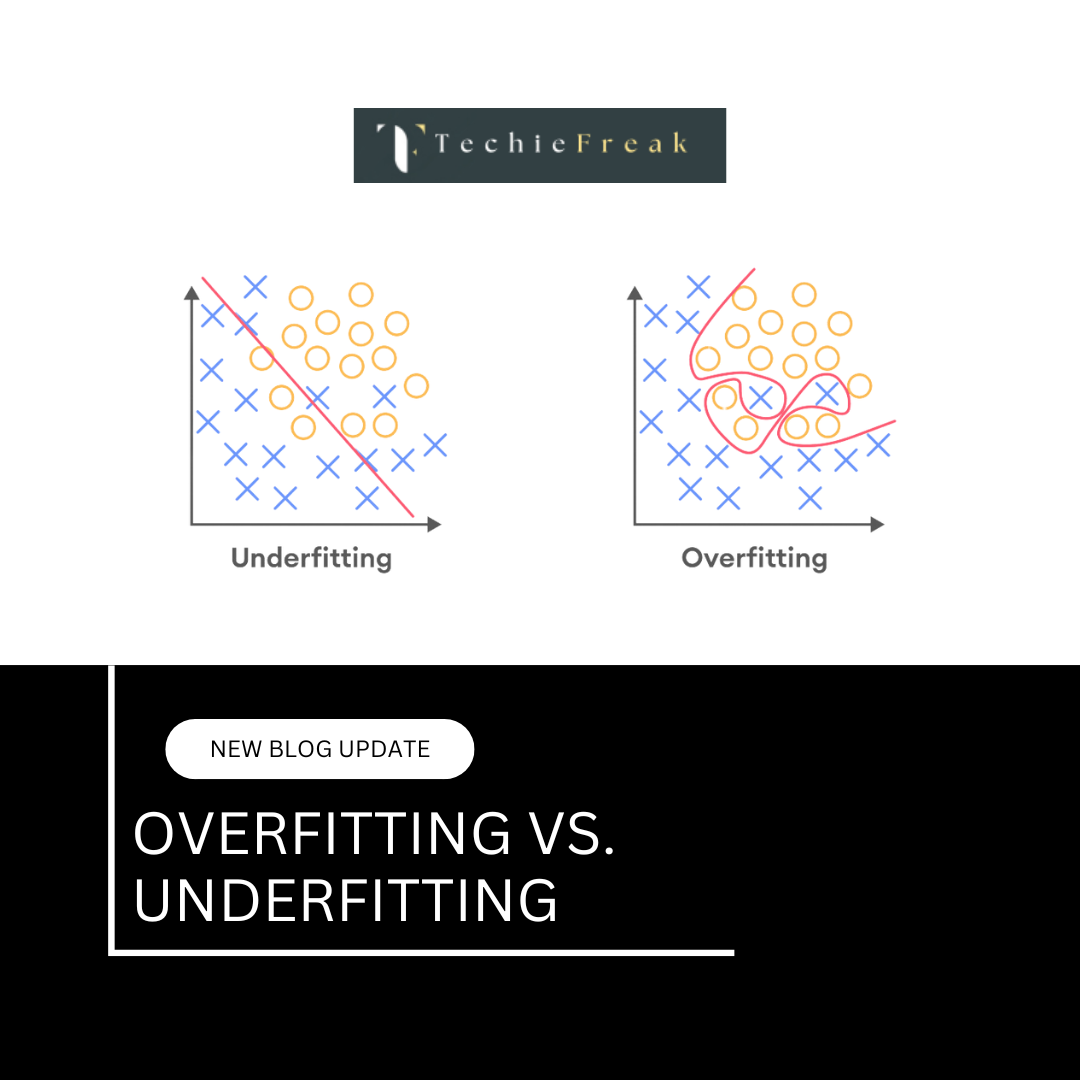
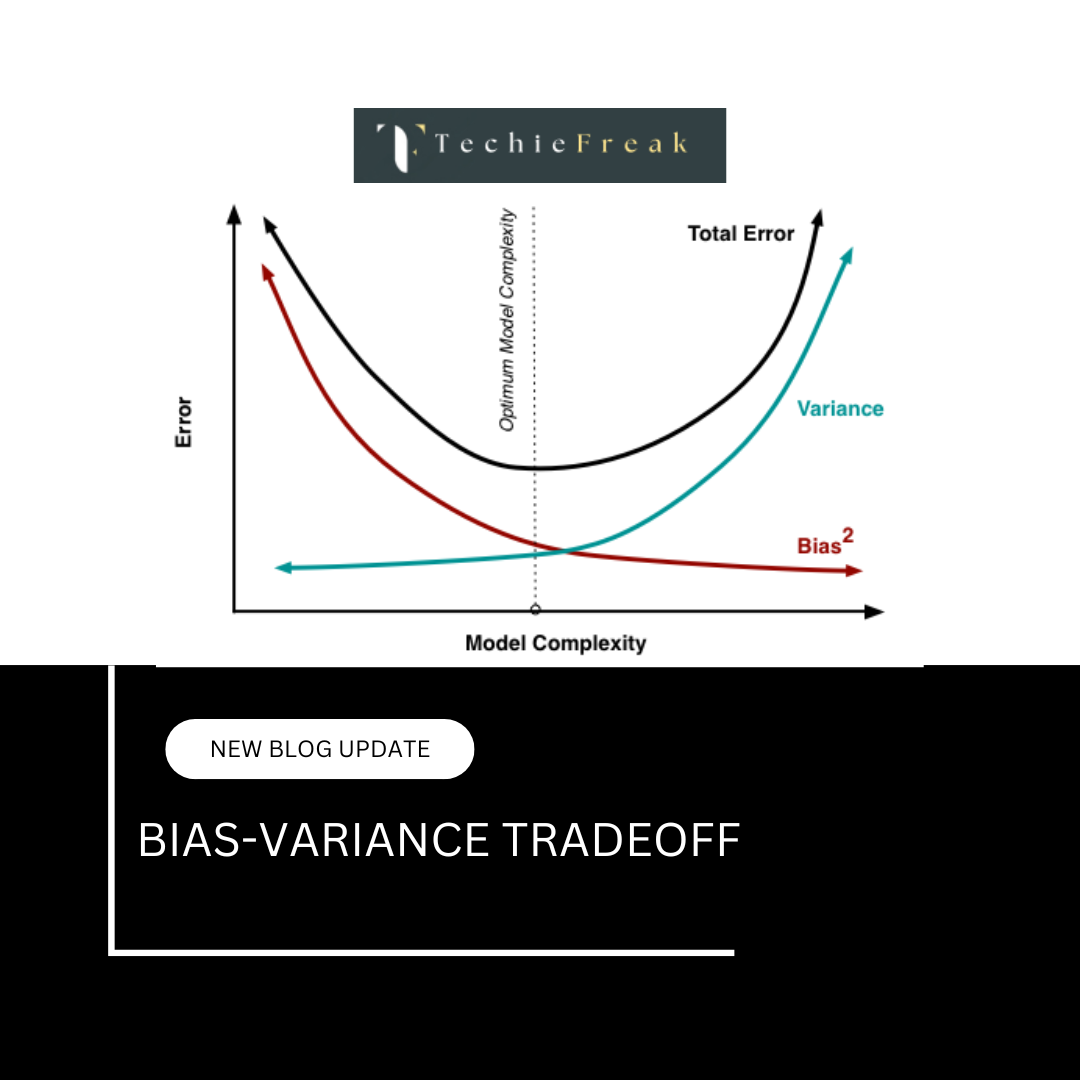
.png)
.png)
.png)
.png)
.png)
.png)
.png)
.png)
.png)
.png)
.png)
.png)
.png)
.png)
.png)
.png)
.png)
.png)
.png)
